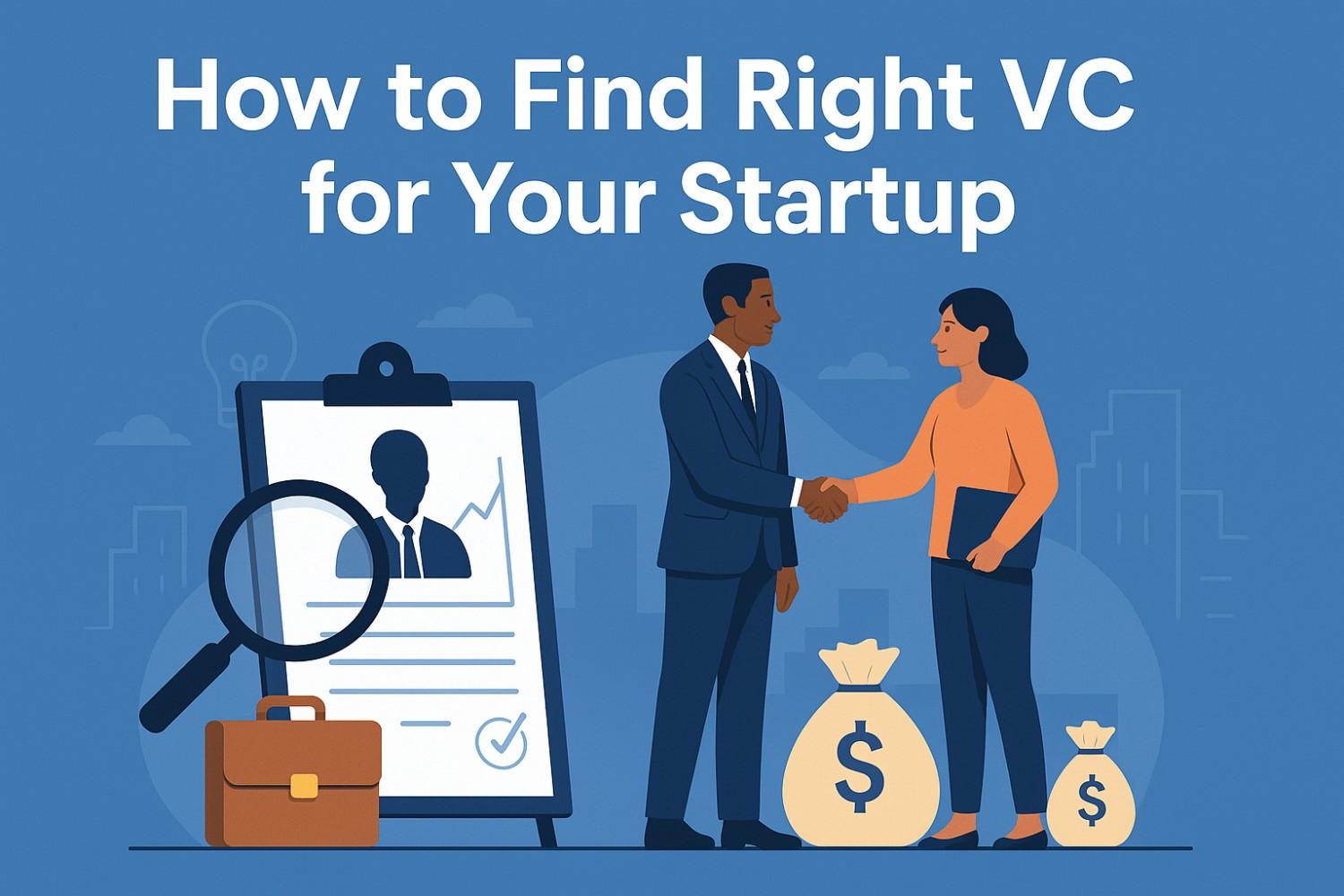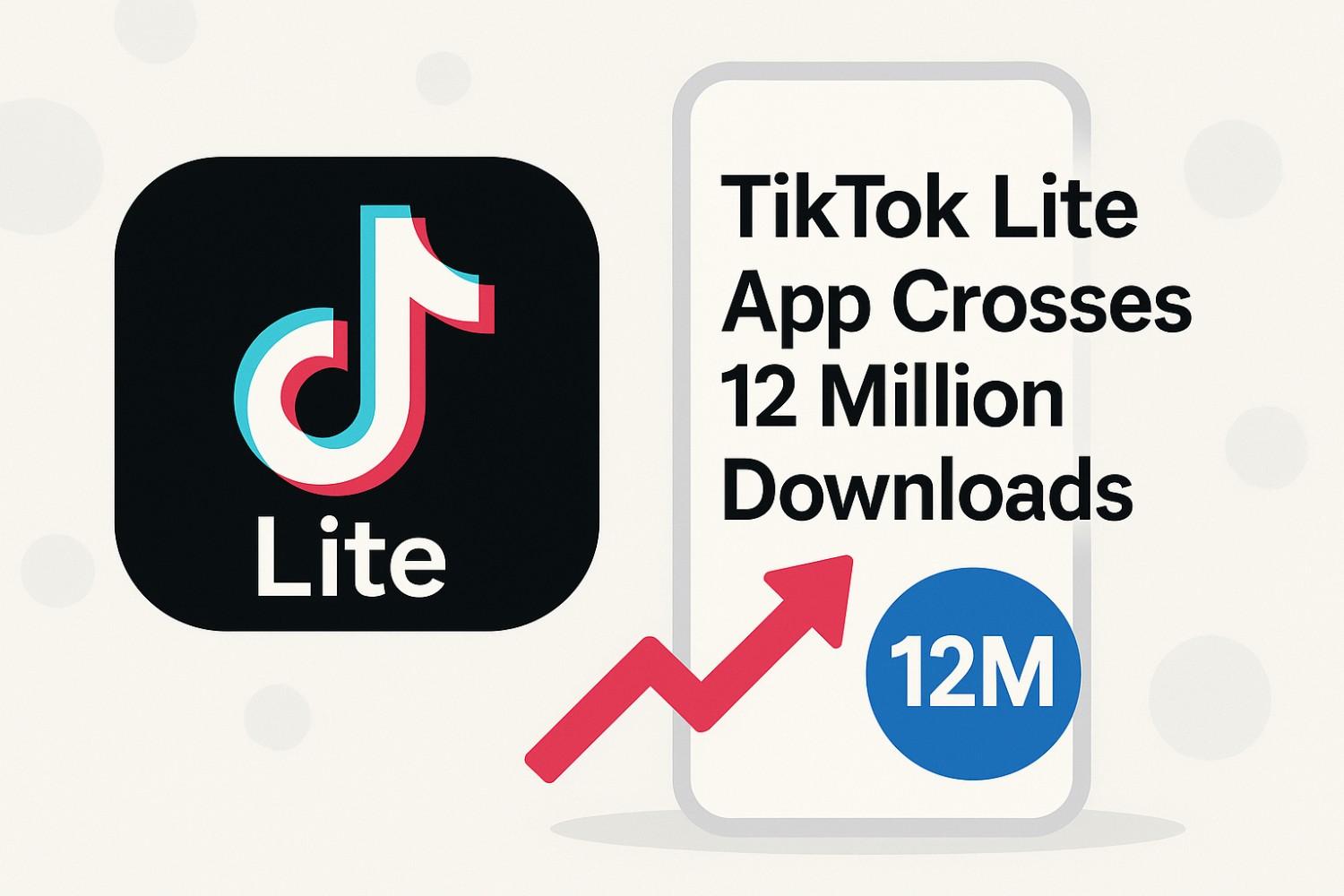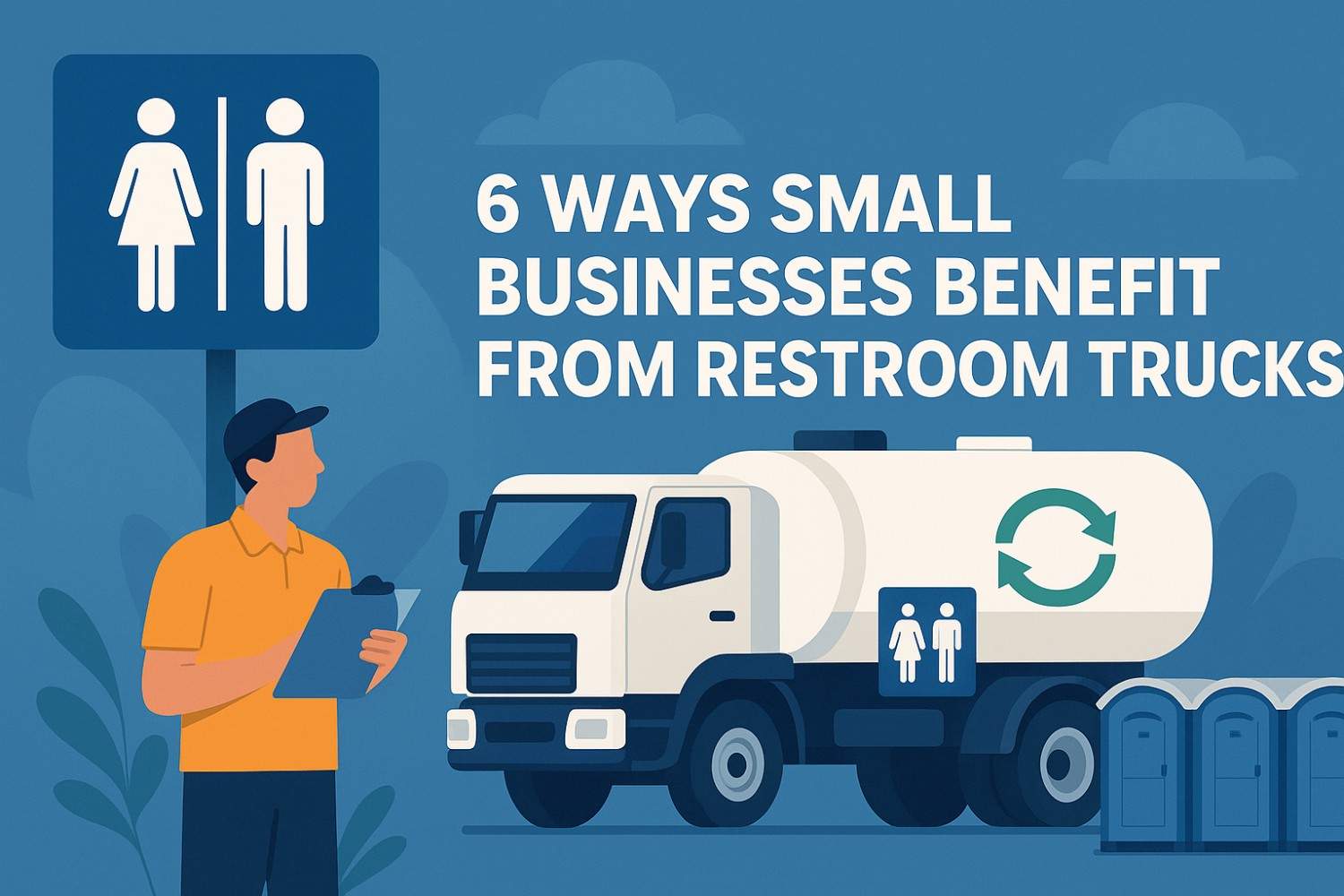“The right VC” isn’t the one with the biggest brand—it’s the partner who matches your stage, sector, geography, and the way you plan to grow. Look at their portfolio to confirm they regularly back companies like yours and at your maturity (pre-seed vs. Series A, bio vs. fintech, US vs. EU). A fit here increases the odds they “get” your milestones and know how to help you reach the next one.
Also check the fund’s size and strategy. Fund size influences check size, ownership targets, and follow-on capacity—important signals for whether they can continue supporting you after the first round.
Finally, remember that VCs are network-driven. Understanding how a firm sources and decides can shape your outreach and expectations.
Step 1: Know If Venture Capital Is Right for You
Before you start scouting investors, pause and ask: Is VC funding the right path for my business?

Assess Your Growth Potential
Venture capitalists expect a 10x return in 5–7 years to offset the risks of early-stage bets. That means they’ll favor startups targeting large, scalable markets. If your business thrives on steady, predictable growth rather than hyper-scaling, bootstrapping or angel funding might be better suited.
Decide How Much Control You’re Willing to Give Up
VCs don’t just invest—they join the board, influence key decisions, and expect transparency. Think through how much equity you’re ready to part with and how comfortable you are sharing decision-making power.
Define Your Stage and Capital Needs
VCs specialize in specific stages: pre-seed, seed, Series A, or later. Be precise about where you stand, how much you need, and what milestones the money will unlock. A clear roadmap makes you a more attractive prospect.
Step 2: How to Find Right VC for Your Startup (The Smart Way)

Research Potential Investors
Once you’ve confirmed VC funding fits your business, it’s time to build a targeted list of potential investors who understand your space.
- Look for industry expertise. Choose firms that already back startups similar to yours. A VC who “gets” your market will bring sharper guidance.
- Check their typical deal size and stage. Don’t pitch a seed-stage fund for a Series B round.
- Study their track record. Review how many portfolio companies achieved successful exits and speak with founders they’ve funded.
- Confirm location preferences. Some firms invest only in specific regions, so make sure your geography fits.
- Use trusted databases. Crunchbase, PitchBook, and AngelList can help you identify funds by industry, check size, and location.
Evaluate Their Network and Portfolio
The right VC brings more than money—they open doors. Review how active they are in helping companies hire key talent, secure follow-on investors, or form strategic partnerships. Talk to their founders and ask: “How did they support you after the deal?”
Step 3: Build Real Connections Before You Pitch
A warm introduction can make or break your outreach. Cold emails rarely stand out, but relationships do.
- Network strategically. Reach out to other founders in your sector. Ask about their investor experiences and, if appropriate, request introductions.
- Engage with associates and analysts. Junior VC team members often scout deals and can champion you internally.
- Attend targeted events. Go to demo days, industry conferences, and pitch events—not necessarily to pitch, but to start conversations.
- Follow up thoughtfully. If you meet someone from a fund, send a quick note summarizing your traction and thanking them for their time.
This relationship-driven approach turns you from another cold pitch into a known name—and that matters more than you think.

Step 4: Vet Your Potential VC Before Signing Anything
Just as they’ll perform due diligence on you, you should vet them, too.
- Talk to founders in their portfolio. Ask about board involvement, communication during hard times, and whether the VC delivered on their promises.
- Align on exit expectations. If your goal is long-term sustainability and theirs is a quick flip, you’ll clash down the road.
- Understand fund size and reserves. Bigger funds can follow on in later rounds; smaller ones may not.
- Watch for red flags. Overly aggressive control terms, lack of transparency, or poor domain understanding should all give you pause.
The right VC will welcome your diligence. In fact, the best ones expect it.
Step 5: Run a Focused Outreach Campaign
Skip the mass-email shotgun strategy. Instead, segment investors by fit—like “AI Infrastructure Seed Funds” or “Consumer Health Tech at Series A.”
When you reach out, personalize each note to their investment thesis and highlight tangible traction: retention rates, ARR growth, user engagement, or pipeline quality.
A concise email with clear metrics and a genuine connection to their thesis beats a polished cold deck every time.
How do I build a laser-targeted investor list in 2–4 weeks?
Week 1: research and segment. Identify 60–120 firms/angels that meet your stage/sector/geography. Tag each by check size, lead likelihood, and portfolio proximity.
Week 2: qualify and rank. Read recent deals, scan partner theses, and note which partner owns your category. Remove firms that don’t lead, are between funds, or clearly state “too early/too late.” Build a top-30 “A list” for warm outreach first.
Week 3–4: run focused outreach. Sequence warm intros via operators, founders, and angels who’ve co-invested with your A-list partners. Warm introductions typically lift response and meeting rates compared with cold email—so invest time in your network. (Cold can work, but warm usually converts better.)
What should I evaluate in a first meeting?
Thesis & stage fit. Ask the partner to explain why your company sits inside their thesis right now. If they need to “stretch,” the path to IC (investment committee) gets risky.
Decision process & ownership. Clarify decision makers, diligence steps, timelines, target ownership, and reserves for follow-ons. These are tied to fund size and can affect your cap table and future rounds.
Portfolio relevance & value. Probe how they’ve helped comparable companies: hiring, customer intros, pricing/packaging, regulatory strategy. Cross-check by referencing founders they’ve backed (you should reference VCs just like they reference you).
Relationship fit. You’re choosing a multi-year collaborator. Look for clarity, humility, and responsiveness—not just charisma. Founder-led referencing and even a casual coffee with your team can reveal working-style mismatches.
How should I run outreach without spamming every fund?
Avoid the mass BCC. Batch outreach by theme (e.g., “Applied AI for manufacturing ops”) and tailor the note to the partner’s thesis. Include crisp metrics (retention, payback, ACV, unit economics), a one-line wedge, and the specific milestone the round unlocks. Thoughtful targeting beats volume; many top-performing founders map investors first and then personalize.
How do I diligence a VC before I accept a term sheet?
- Reference founders from wins, “meh” outcomes, and tough situations. Ask about post-close support, board behavior, and how the firm acted in down markets.
- Study portfolio patterns. Do they consistently lead? Do they keep reserves? Do they backfollow-ons or fade? Patterns reflect strategy and fund size.
- Assess platform vs. partner model. Some firms rely on partner time; others have platform teams (talent, GTM, data) that can accelerate hiring and distribution. Understanding their model clarifies the help you’ll actually get.
When should you even pursue VC money?
VC fits best when you need external capital to scale faster than revenue can fund—think category creation, heavy R&D, or network effects where speed matters. If you’re capital-efficient or prefer control, consider alternatives (angels, revenue-based financing, grants) or wait until pull from the market strengthens.
Frequently Asked Questions
1. How many VCs should I reach out to initially?
Start with 30–50 well-researched targets that match your stage and sector. This focused approach allows you to personalize your outreach and refine your pitch before scaling.
2. Do I really need a warm introduction?
Not necessarily—but it helps. A warm intro boosts response rates dramatically. Build relationships through founders, operators, or shared investors to get on a partner’s radar faster.
3. What metrics do VCs value most at seed and Series A?
At the seed stage, they focus on product-market fit and early traction. By Series A, they expect solid unit economics, retention, and growth scalability backed by data.
4. How can I ensure a VC supports future rounds?
Ask about fund size, reserves for follow-ons, and their history of doubling down on portfolio winners. Funds with large reserves often provide more long-term stability.
The Bottom Line: Choose Fit Over Fame
If there’s one golden rule about how to find right VC for your startup, it’s this—choose alignment, not prestige.
A big-name firm won’t help much if they don’t understand your business. Focus on investors whose experience, portfolio, and philosophy match your growth vision.
Take your time to research, build authentic connections, and ask tough questions. When you finally sign that term sheet, it should feel like bringing on a co-builder—not just a financier.
Pro tip: Keep your criteria visible throughout the process. When things move fast, that list will keep you grounded—and make sure the “yes” you say is to the right partner.




